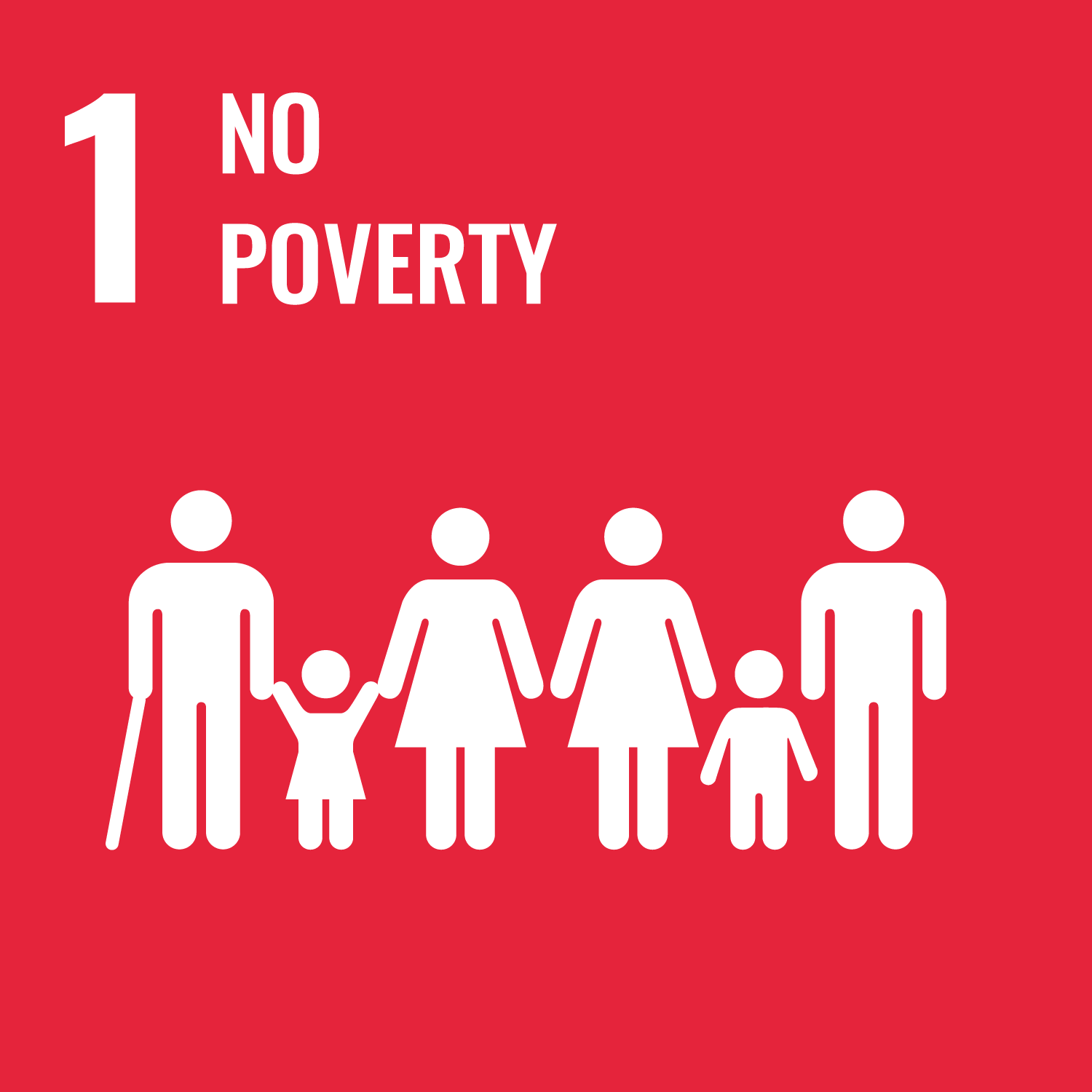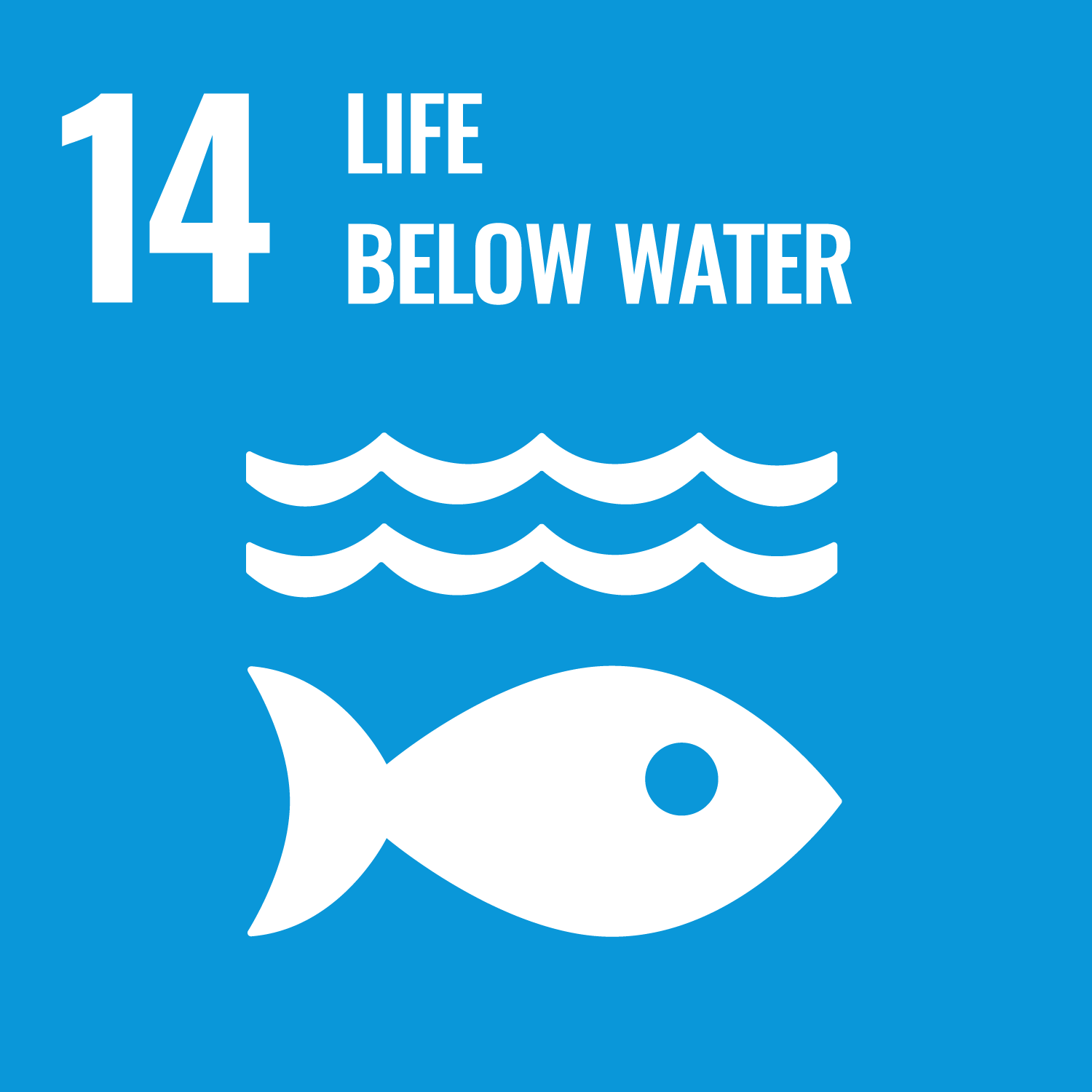
Goal 5 Gender equality
Achieve gender equality and empower all women and girls
Empowering women and promoting gender equality is crucial to accelerating sustainable development. Ending all forms of discrimination against women and girls is not only a basic human right, but it also has a multiplier effect across all other development areas.
Since 2000, UNDP together with our UN partners and the rest of the global community has made gender equality central to our work, and we have seen some remarkable successes. More girls are now in school compared to 15 years ago, and most regions have reached gender parity in primary education. Women now make up to 41 percent of paid workers outside of agriculture, compared to 35 percent in 1990.
The Sustainable Development Goals (SDGs) aim to build on these achievements to ensure that there is an end to discrimination against women and girls everywhere. There are still gross inequalities in access to paid employment in some regions, and significant gaps between men and women in the labour market. Sexual violence and exploitation, the unequal division of unpaid care and domestic work, and discrimination in public decision making, all remain huge barriers.
Ensuring universal access to sexual and reproductive health, and affording women equal rights to economic resources such as land and property, are vital targets to realizing this goal. There are now more women in public office than ever before, but encouraging more women leaders across all regions will help strengthen policies and legislation for greater gender equality.
Gender equality is one of 17 Global Goals that make up the 2030 Agenda for Sustainable Development. An integrated approach is crucial for progress across the multiple goals.
- Globally, 750 million women and girls were married before the age of 18 and at least 200 million women and girls in 30 countries have undergone FGM.
- The rates of girls between 15-19 who are subjected to FGM (female genital mutilation) in the 30 countries where the practice is concentrated have dropped from 1 in 2 girls in 2000 to 1 in 3 girls by 2017.
- In 18 countries, husbands can legally prevent their wives from working; in 39 countries, daughters and sons do not have equal inheritance rights; and 49 countries lack laws protecting women from domestic violence.
- One in five women and girls, including 19 per cent of women and girls aged 15 to 49, have experienced physical and/or sexual violence by an intimate partner within the last 12 months. Yet, 49 countries have no laws that specifically protect women from such violence.
- While women have made important inroads into political office across the world, their representation in national parliaments at 23.7 per cent is still far from parity.
- In 46 countries, women now hold more than 30 per cent of seats in national parliament in at least one chamber.
- Only 52 per cent of women married or in a union freely make their own decisions about sexual relations, contraceptive use and health care.
- Globally, women are just 13 per cent of agricultural land holders.
- Women in Northern Africa hold less than one in five paid jobs in the non-agricultural sector. The proportion of women in paid employment outside the agriculture sector has increased from 35 per cent in 1990 to 41 per cent in 2015.
- More than 100 countries have taken action to track budget allocations for gender equality.
- In Southern Asia, a girl’s risk of marrying in childhood has dropped by over 40per cent since 2000.
- End all forms of discrimination against all women and girls everywhere
- Eliminate all forms of violence against all women and girls in the public and private spheres, including trafficking and sexual and other types of exploitation
- Eliminate all harmful practices, such as child, early and forced marriage and female genital mutilation
- Recognize and value unpaid care and domestic work through the provision of public services, infrastructure and social protection policies and the promotion of shared responsibility within the household and the family as nationally appropriate
- Ensure women’s full and effective participation and equal opportunities for leadership at all levels of decisionmaking in political, economic and public life
- Ensure universal access to sexual and reproductive health and reproductive rights as agreed in accordance with the Programme of Action of the International Conference on Population and Development and the Beijing Platform for Action and the outcome documents of their review conferences
- Undertake reforms to give women equal rights to economic resources, as well as access to ownership and control over land and other forms of property, financial services, inheritance and natural resources, in accordance with national laws
- Enhance the use of enabling technology, in particular information and communications technology, to promote the empowerment of women
- Adopt and strengthen sound policies and enforceable legislation for the promotion of gender equality and the empowerment of all women and girls at all levels
- UN Women
- He for She campaign
- United Secretary-General Campaign UNiTE to End Violence Against Women
- Every Woman Every Child Initiative
- Spotlight Initiative
- United Nations Children’s Fund (UNICEF)
- UN Population Fund: Gender equality
- UN Population Fund: Female genital mutilation
- UN Population Fund: Child marriage
- UN Population Fund: Engaging men & boys
- UN Population Fund: Gender-based violence
- World Health Organization (WHO)
- UN Office of the High Commissioner for Human Rights
- UN High Commissioner for Refugees (UNHCR)
- UN Education, Scientific and Cultural Organisation (UNESCO)
- UN Department of Economic and Social Affairs, Gender Statistics



















